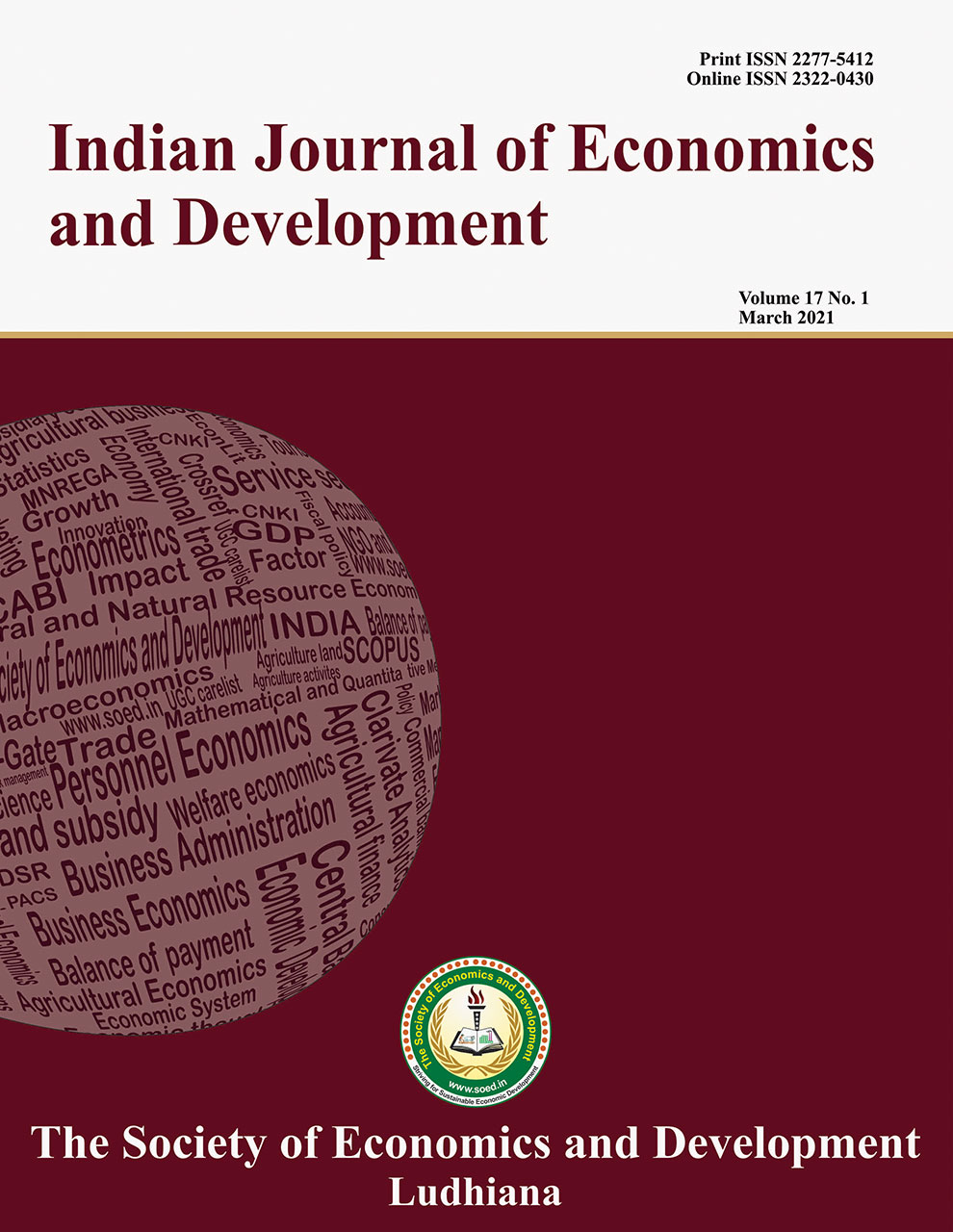Financial Performance of Micro-Finance Institutions in India

Price: ₹ 500
Author: Naresh Singla , Mumtaz Ahmed and Kulwinder Singh
Author Address: Assistant Professor , Doctoral Fellow , Department of Economic Studies, Central University of Punjab, Bathinda- 1 2 151401 (Punjab) and Assistant Professor , University Business School, Panjab University, Chandigarh 3 -160015
Keywords: Active borrowers, financial performance, micro-finance, women borrowers
JEL Codes: G21, I 22
Abstract
Micro-finance
institutions (MFIs) in most developing countries, including India, are seen as
essential of the tools to eradicate poverty and raise the standard of living of
rural poor. Therefore, the sound functioning of MFIs has a huge long-run impact
on the outreach of the rural poor. However, the performance of MFIs is often
measured in terms of their social impact on the rural poor, while the financial
indicators are ignored. In this context, the study analysed the major
determinants of the financial performance of the 20 MFIs in India using panel
regression. The results of the study revealed that financial indicators such as
operating selfsufficiency, return on assets, and size (assets of the MFIs) had
a positive impact on increasing the performance of MFIs. Further, the active
borrowers increase efficiency, while passive borrowers had a negative impact on
the performance of the MFIs. Similarly, a low level of debt to equity ratio,
operating expenses to assets ratio, and low percentage of women borrowers could
lead to the sound financial performance of MFIs.
Description
Indian Journal of Economics and Development
Volume 17 No. 4, 2021, 767-776
DOI: https://doi.org/10.35716/IJED/21188
NAAS Score: 5.15
Indexed in Clarivate Analytics (ESCI) of WoS
Indexed in Scopus
UGC Approved



